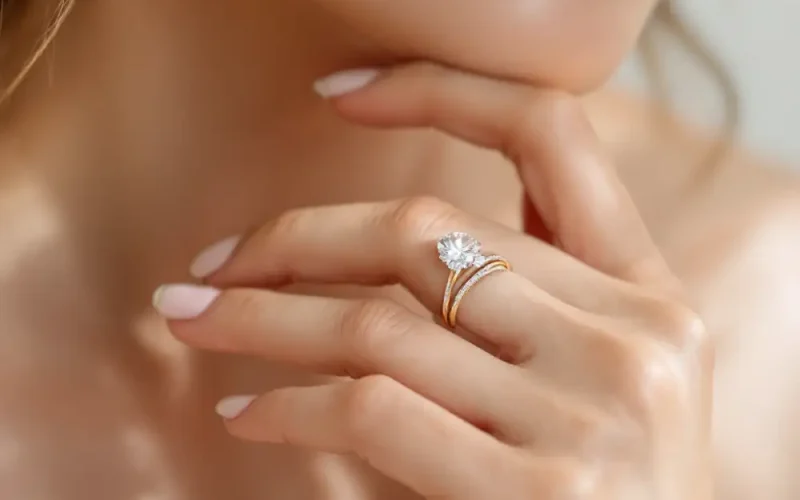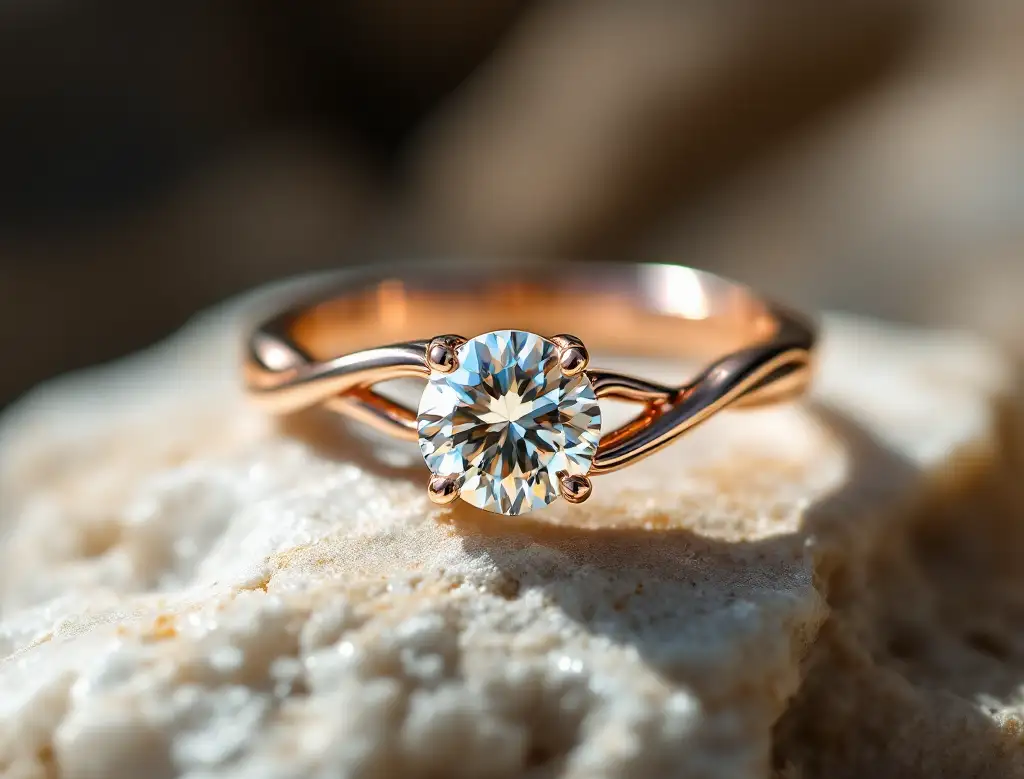8 Comments
-
beautiful jewelry pieces from peelerie
-
beautiful jewelry pieces from peelerie
-
beautiful jewelry pieces from peelerie
-
The fine silver bracelet from Peelerie is so sleek and modern.
-
Peelerie’s diamond jewelry is the epitome of luxury. Truly stunning!
-
Peelerie’s lab-grown diamonds are so affordable and stunning.
-
I’m obsessed with Peelerie’s gold necklaces. They’re so elegant and timeless.
Comments are closed.








Krysta Lebrecht
beautiful jewelry pieces from peelerie